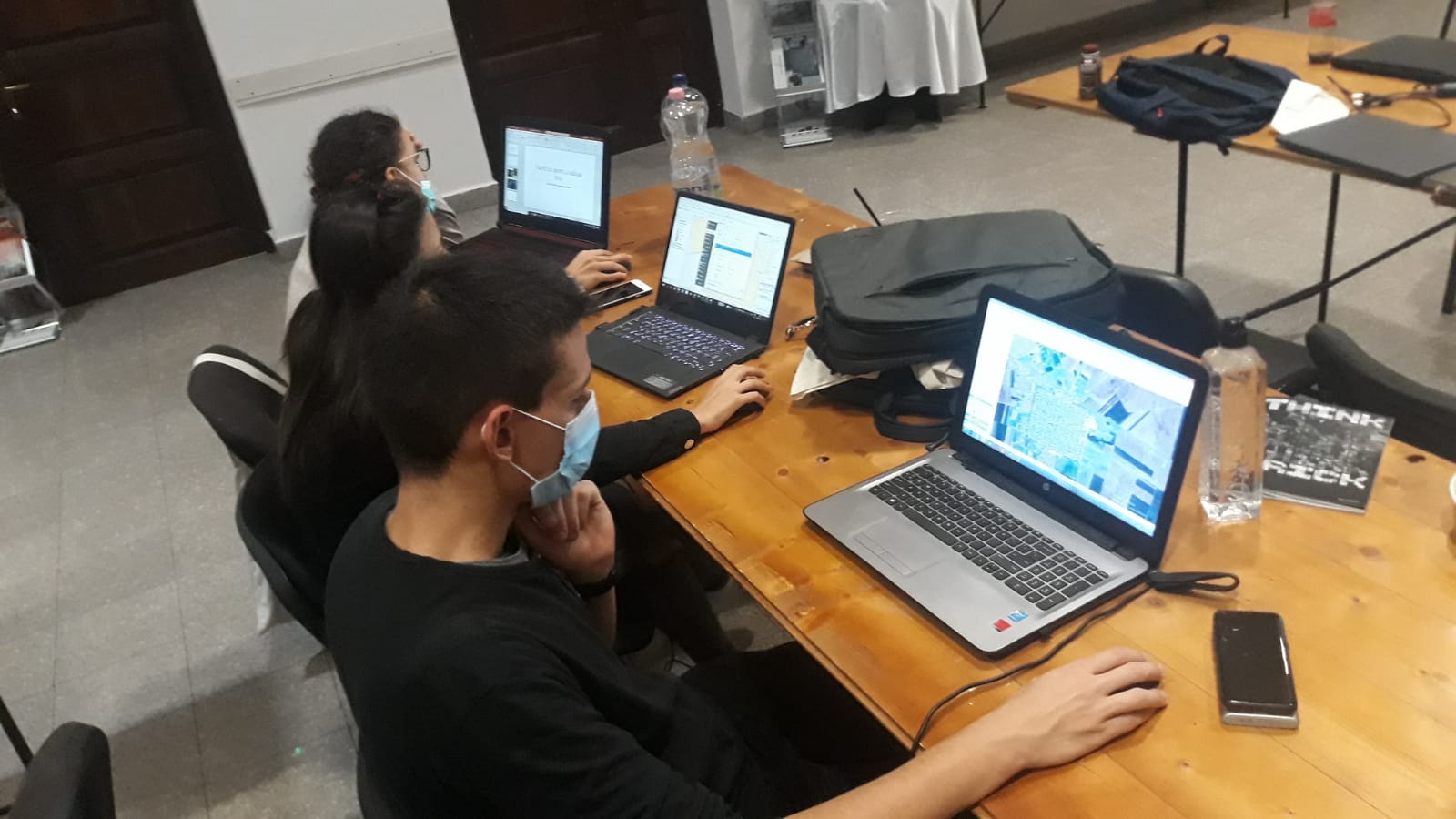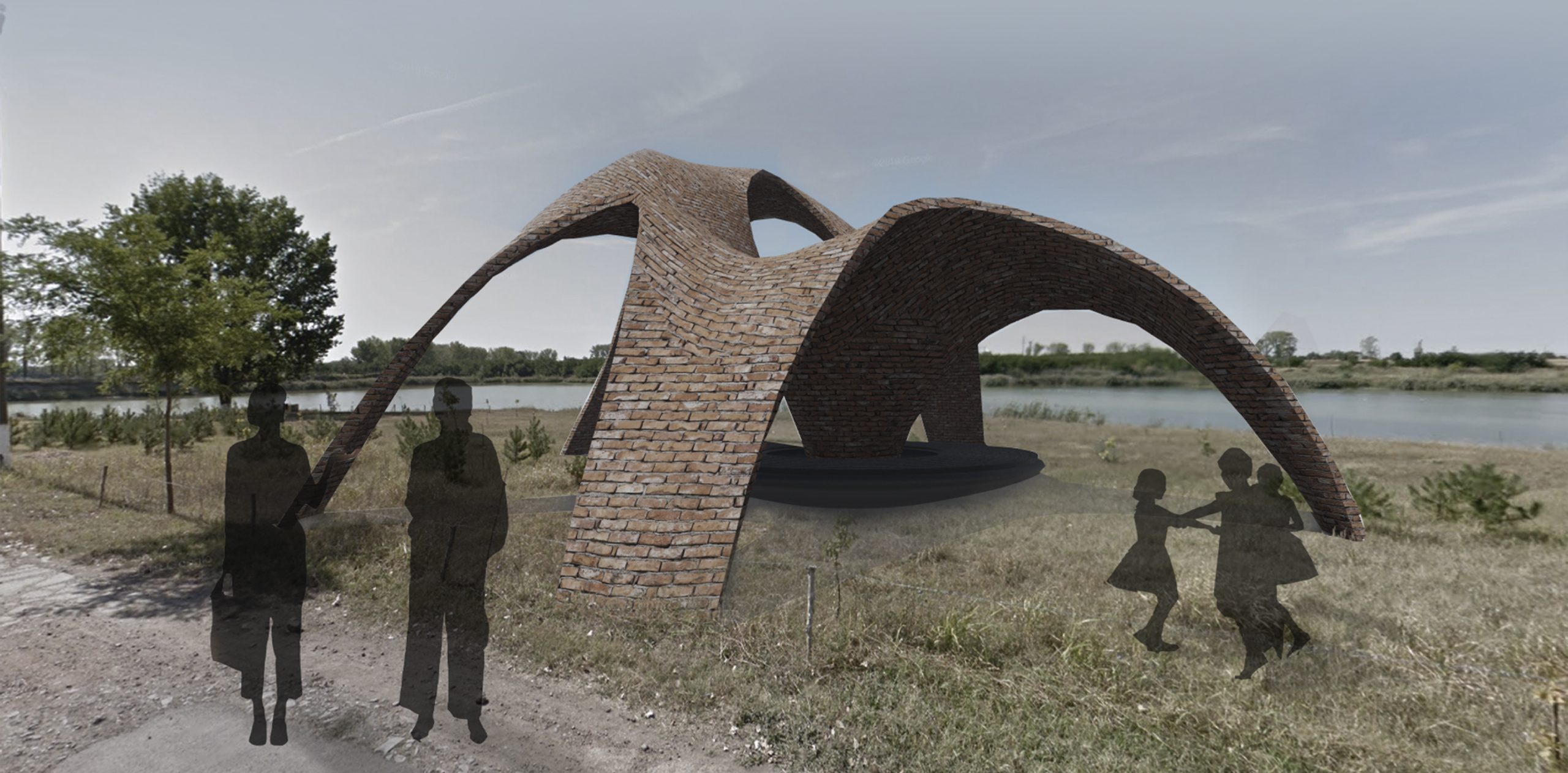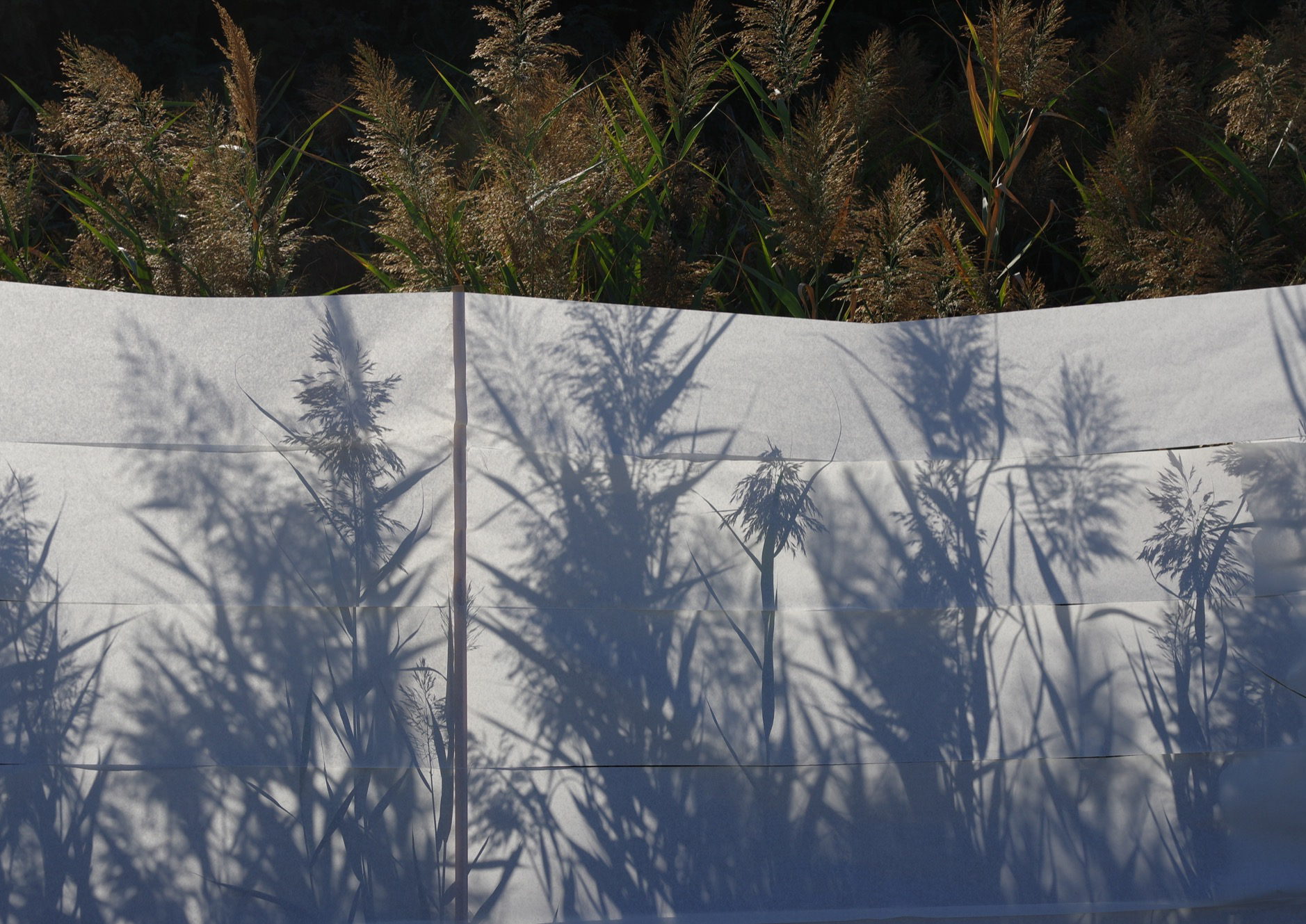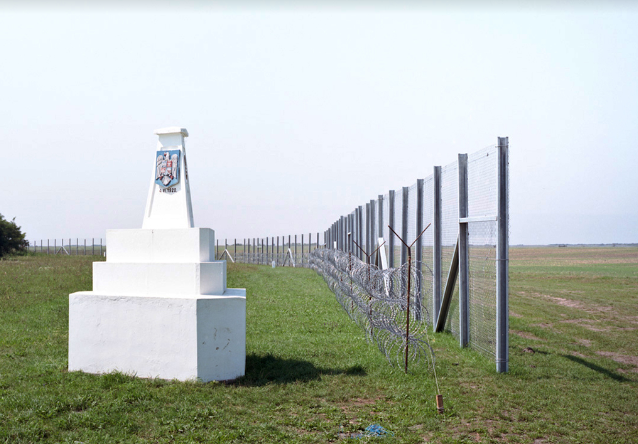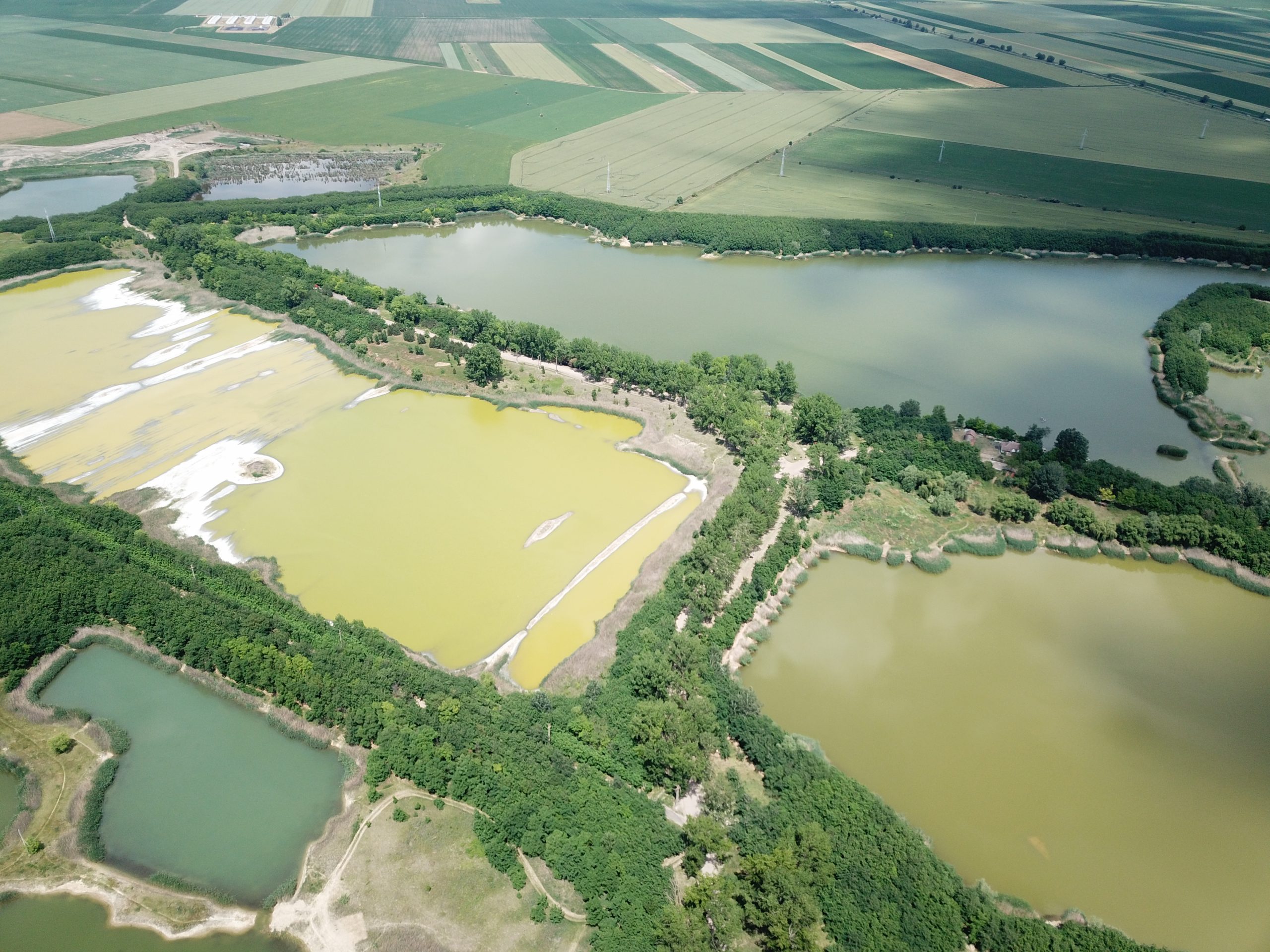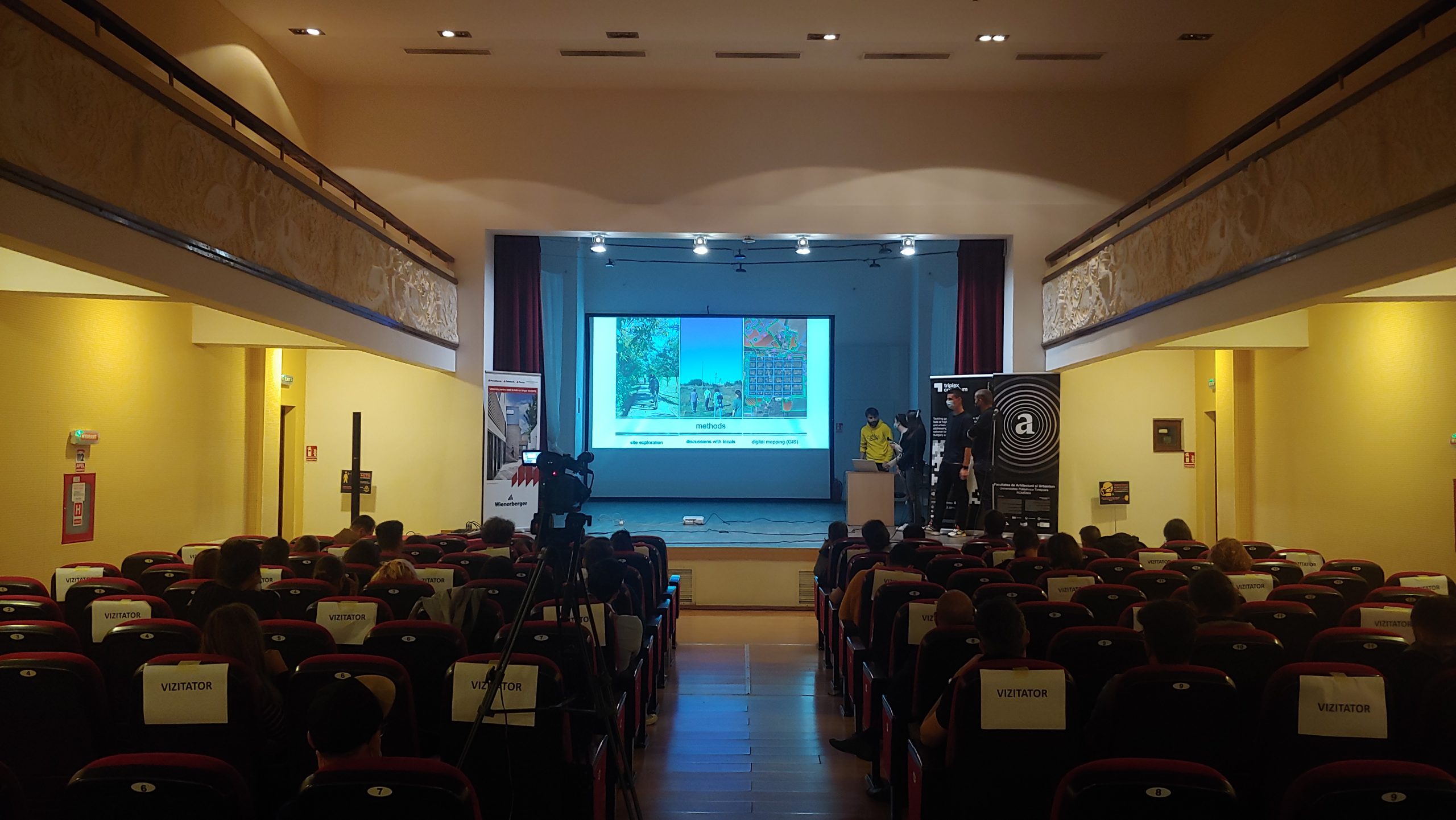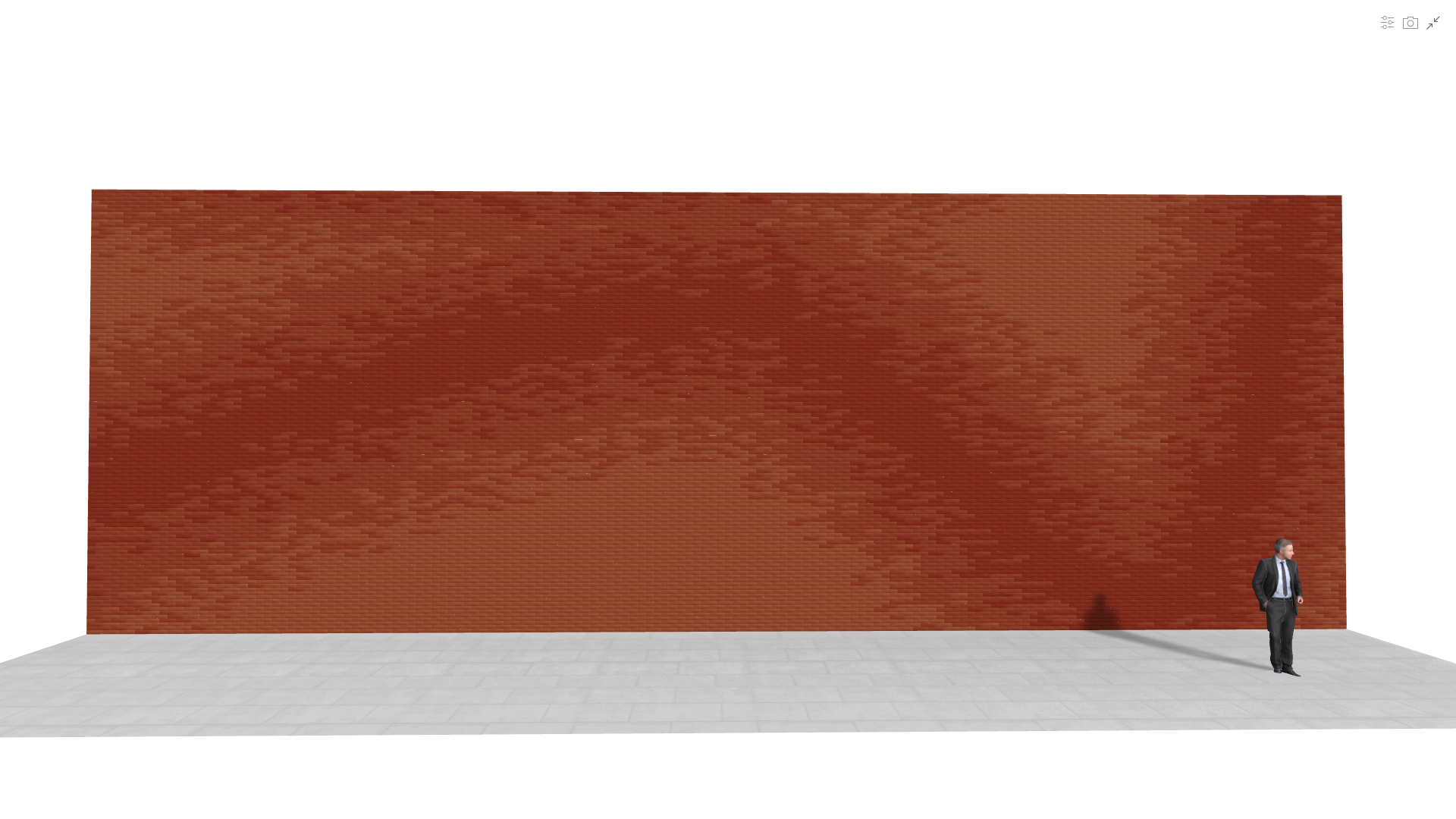WORKING WITH G.I.S.
The Introduction to GIS lecture and the the two support workshops (working with GIS, and Understanding Water as a tool for forming heritage), offered Triplex Confinium students with theoretical knowledge as well as practical competence in mapping the competition site. The tested tools and mapping methodologies will set the basis for our enhanced GIS course.
WORKING WITH/ON THE CULTURAL LANDSCAPE
The term "cultural landscape" embraces a diversity of manifestations of the interaction between humankind and its natural environment. Cultural landscapes often reflect specific techniques of sustainable land-use, considering the characteristics and limits of the natural environment they are established in, and a specific spiritual relation to nature.
DIGITAL BRICK
How to turn a brick into something worth gold? If we want to answer such a question, we must understand the basic properties of brick. For centuries, great master builders possessed the gift of alchemist, knowing how to turn the tectonic properties of brick into precious architectural objects. Brick is one of the oldest known building materials used for more
ATLAS O2 – Small Interventions in the Landscape DEB
The natural environment is a specific medium for spatial perception. The basic references that define the built environment, such as scale, dimension and distance, do not apply. To characterise the landscape, the observer is forced to resort to abstract concepts such as density, absence, infinity, etc. Abstraction also determines cognition: non-objective, personal cues help.
ON BORDERS
The notion of border signifies a limit condition, characterized by various meanings, layers and distinctions. Thresholds, boundaries and borders define the edges of everyday life and establish relationships between the built environment and communities. While the idea of border underlies a huge, multidisciplinary and complex domain of research, this text is briefly highlighting only some of the recent ideas on
ATLAS 01- THE QUARRY LAKES
The complex activity of land exploitation carried out over time in Jimbolia, in order to produce ceramic products, led to the appearance of several pits that later transformed, naturally, into anthropic lakes. In the native language, these water filled earth quarries are called "bălți". In their current natural state, the lakes are a good reference point for observing the interaction
TC Wall – online 3D tool
TC Wall - online 3D tool





